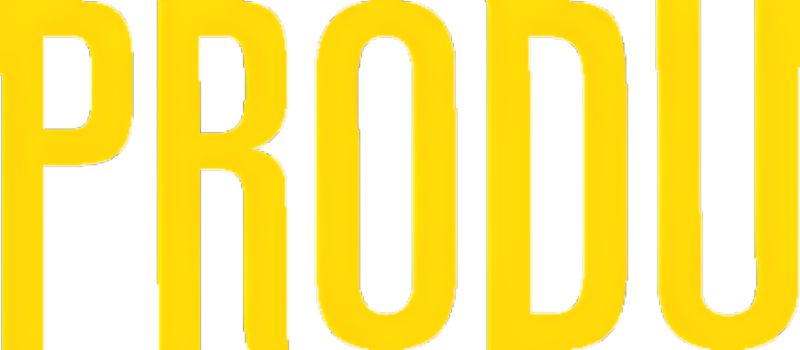MERCADEO Versión en español
Judy Shapiro from EngageSimply: The ad blocking phenomenon increased with programmatic ad-buying
10 de noviembre de 2015
For Judy Shapiro, CEO and Founder of EngageSimply, the ad blocking phenomenon that went up from 54 million users in 2013 to 121 millions towards the end of 2014- is not marketers’ fault, but rather the human response to the unbridled technological rise of programmatic ad-buying.”It’s notable that the largest spike in ad-blocking adoption occurred in 2013 – the first time programmatic ad-buying represented more than half of digital ad-buying”.The executive feels that automated ad-buying deeply degraded user online experiences, digitally chasing or harassing audiences relentlessly through powerful cross-channel, retargeting or predictive big data technologies.”Without understanding the central importance of the user experience, programmatic platforms continued to push ads that were intrusive, out of context or just plain annoying — perpetuating the race to the performance bottom. She points out that it depends on marketers to fix the situation, since they are the ones who suffer the consequences. “All of us, not just the technological few, need to become experiential designers, well-versed in utilizing new technology to create new types of user interactions. We can’t allow anymore the ‘digital doing’ to be left to ad-tech engineers”.
Diario de Hoy
Noticias relacionadas (6)

23 de octubre de 2015
Sundar Pichai de Google: El ad blocking no es un fenómeno nuevo en la industria

16 de octubre de 2015
Guy Phillipson de IAB: La industria debe comprender que se necesitan anuncios de calidad

6 de octubre de 2015
Sridhar Ramaswamy de Google: Tenemos que afrontar como industria a los ad-blockers
















